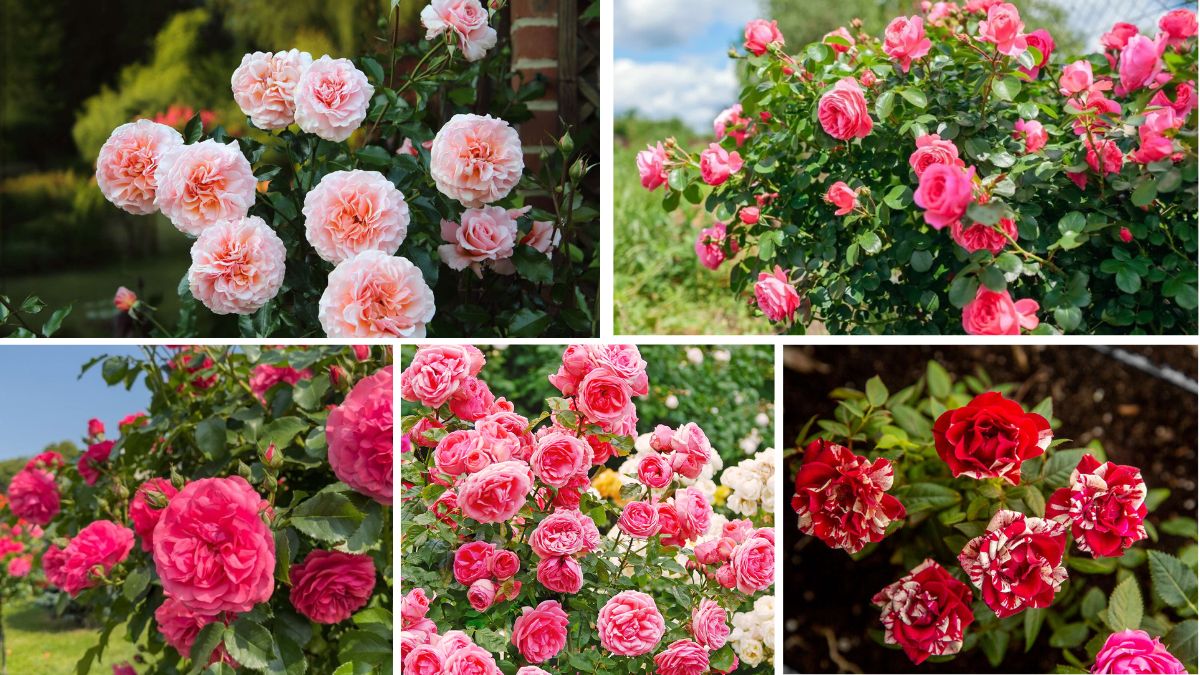Roses are universally admired for their timeless beauty, enchanting fragrance, and symbolic meanings. They can transform any garden into a breathtaking floral sanctuary. Yet, many gardeners struggle with growing vibrant, healthy roses due to their seemingly delicate nature. The truth is that with the right care and knowledge, anyone can nurture stunning roses that bloom abundantly and radiate vitality. This comprehensive guide offers practical tips and expert advice to help you grow vibrant roses in your garden, whether you are a novice or looking to refine your rose-growing skills.
Understanding the Basics of Growing Roses
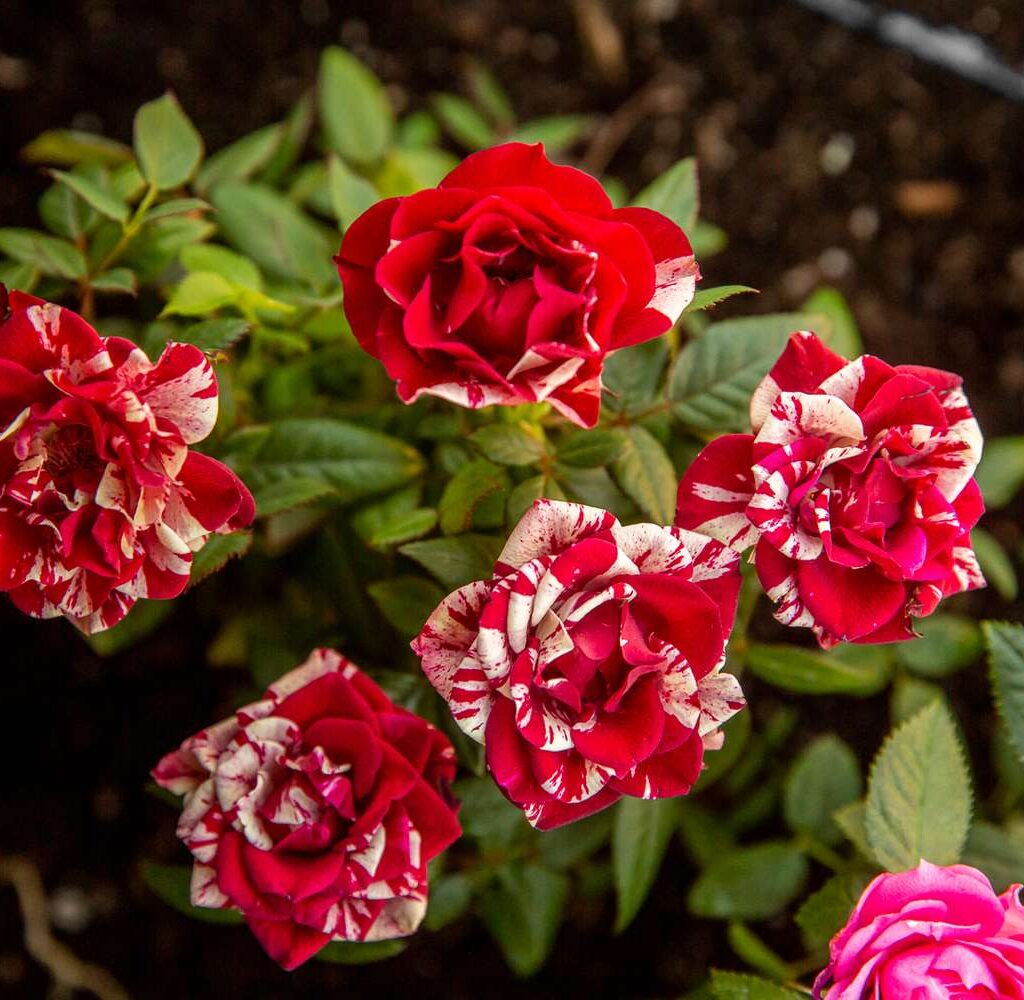
Before diving into specific tips, it is important to understand the basic requirements roses need to thrive:
- Sunlight: Roses flourish best with at least 6 hours of direct sunlight daily.
- Soil: They prefer well-drained, fertile soil rich in organic matter with a pH between 6.0 and 6.5.
- Water: Consistent watering is crucial, especially during dry periods, but overwatering should be avoided.
- Air Circulation: Good airflow prevents diseases and promotes healthy growth.
Tip 1: Choose the Right Rose Varieties
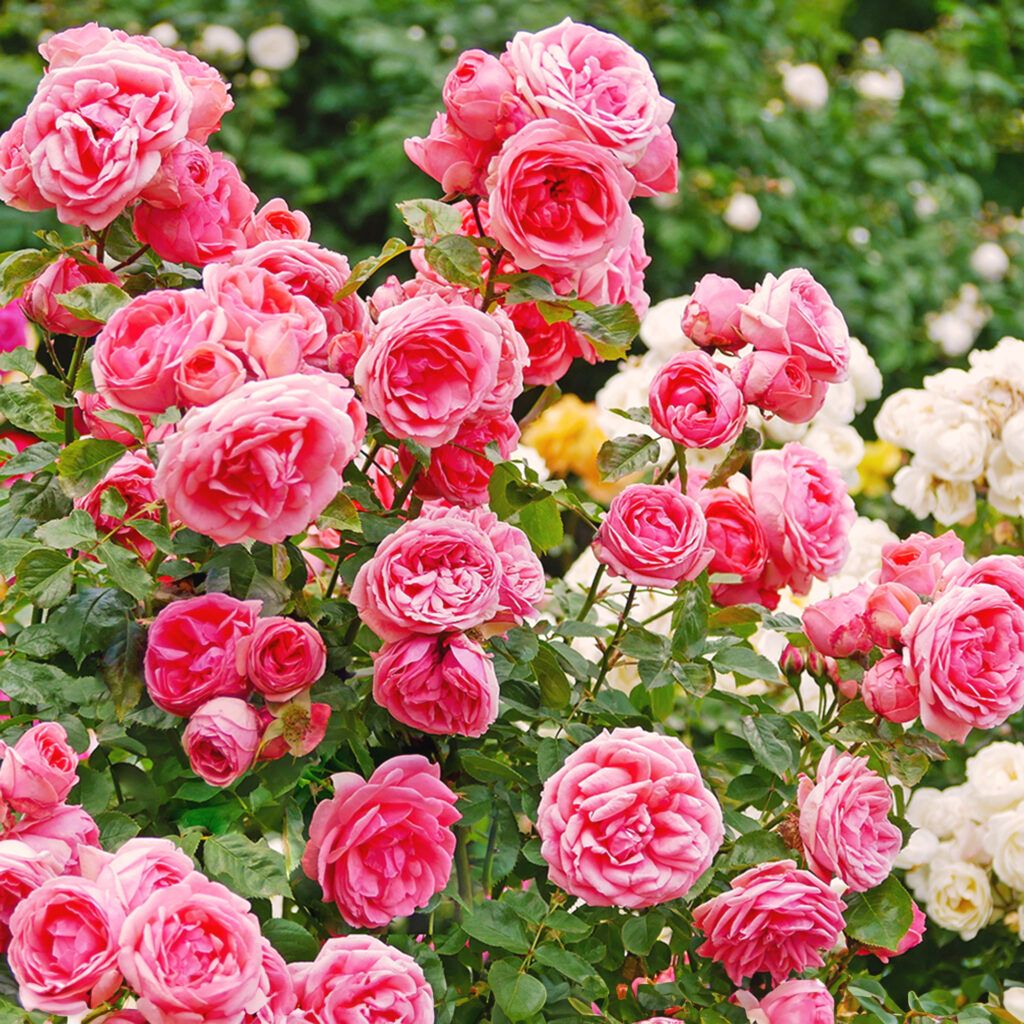
Selecting rose varieties that suit your climate and garden conditions is fundamental.
- Hybrid Tea Roses: Known for large, elegant blooms; ideal for cutting gardens.
- Floribunda Roses: Produce clusters of flowers and bloom profusely; perfect for vibrant color displays.
- Shrub Roses: Hardy and disease-resistant; great for beginners.
- Climbing Roses: Excellent for vertical gardening on fences or trellises.
- Miniature Roses: Compact and suited for containers or small spaces.
Research the varieties that are well-adapted to your USDA Hardiness Zone or local climate for best results.
Tip 2: Prepare Your Soil Thoroughly

Healthy roses start with healthy soil.
- Test Your Soil: Use a soil test kit to check pH and nutrient levels.
- Amend as Needed: Add organic matter such as compost, aged manure, or peat moss to enrich the soil.
- Improve Drainage: Incorporate sand or perlite if your soil retains too much water.
- Loosen the Soil: Till to a depth of at least 12 inches to help roots establish.
Tip 3: Plant Roses Properly
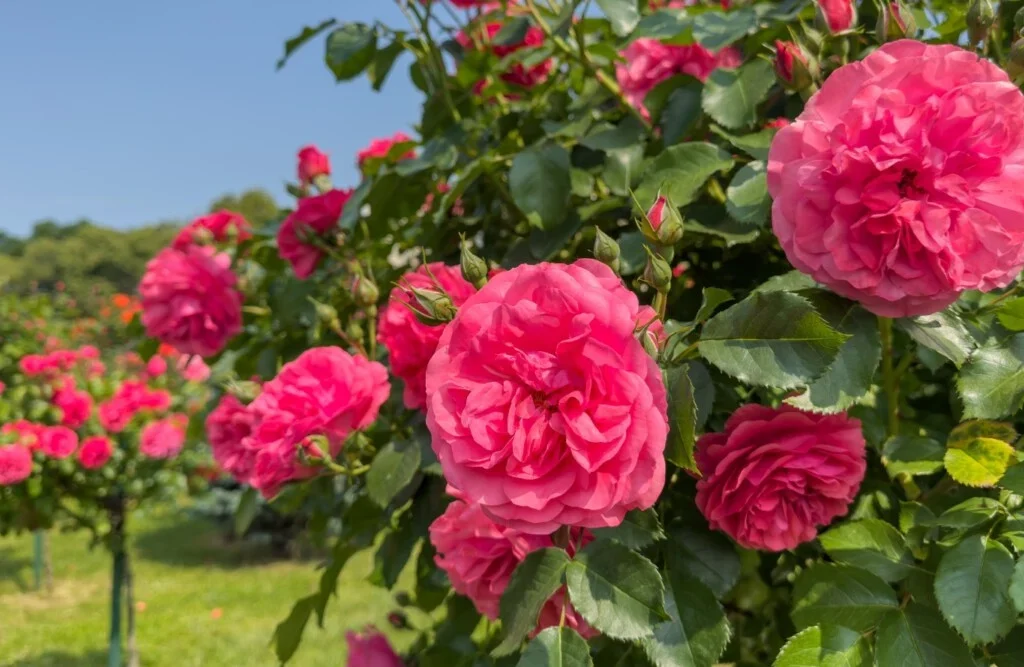
Proper planting ensures strong root development and vigorous growth.
- Timing: Plant bare-root roses in early spring or fall; potted roses can be planted anytime during the growing season.
- Location: Choose a sunny spot with good air circulation.
- Planting Depth: For bare-root roses, bury the graft union just below soil level in colder climates and above soil level in warmer regions.
- Spacing: Leave enough room between plants (2–3 feet for most shrubs) to prevent overcrowding.
Water thoroughly after planting and mulch generously.
Tip 4: Water Wisely
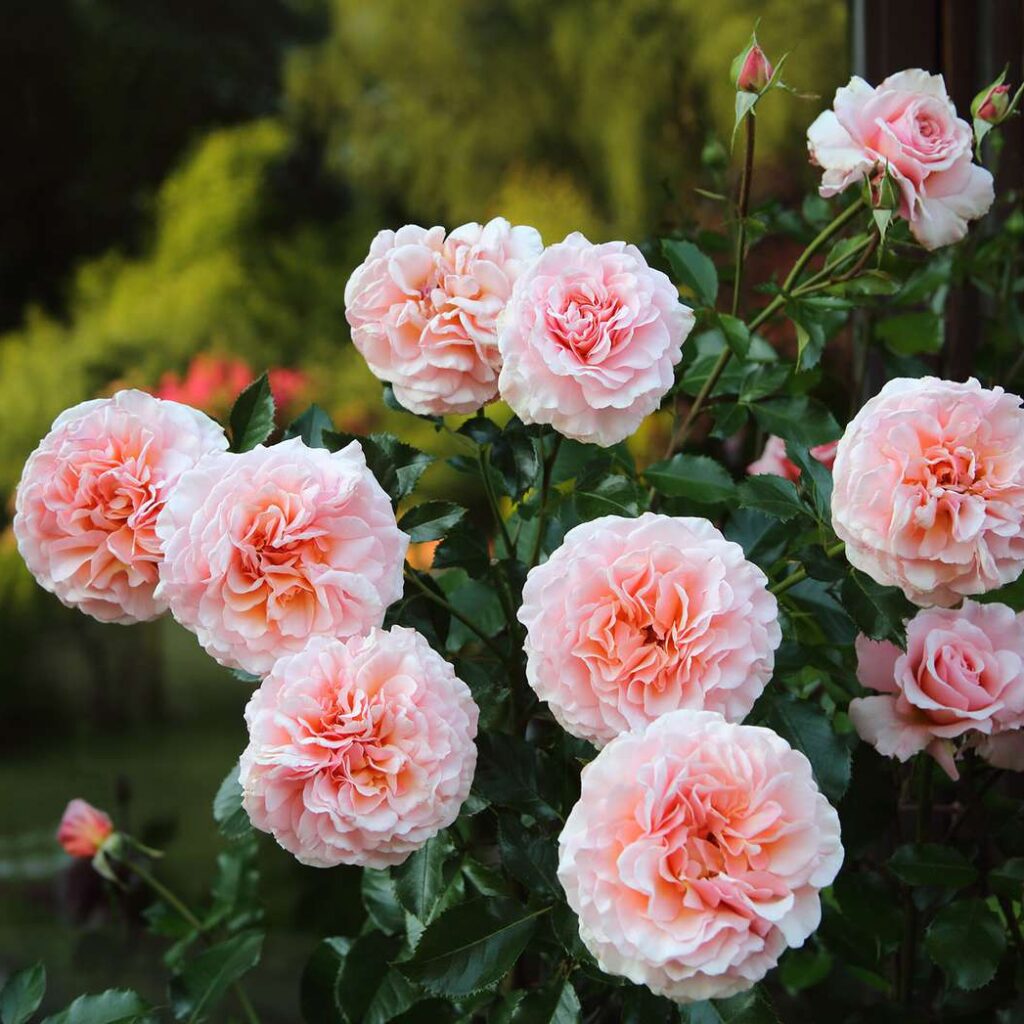
Roses require consistent moisture, but water management is key.
- Deep Watering: Water deeply at the base to encourage deep root growth. Aim for about 1 inch per week.
- Avoid Wetting Foliage: Watering leaves promotes fungal diseases.
- Morning Watering: Water early to allow leaves to dry quickly.
- Mulching: Mulch helps retain soil moisture and reduces watering frequency.
Tip 5: Feed Your Roses Nutritionally
Regular feeding encourages abundant blooms and robust plants.
- Balanced Fertilizers: Use rose-specific or balanced NPK fertilizers.
- Organic Options: Compost, fish emulsion, or seaweed extracts provide gentle, natural nutrition.
- Feeding Schedule: Start feeding in early spring when new growth begins, repeat every 4–6 weeks during the growing season.
- Stop Feeding: Cease fertilizing about 6 weeks before the first expected frost to prepare plants for dormancy.
Tip 6: Prune for Health and Beauty
Pruning stimulates growth, shapes plants, and increases bloom production.
- When to Prune: Late winter or early spring, before new growth starts.
- How to Prune: Remove dead, diseased, or damaged wood first. Cut back to outward-facing buds to encourage open growth.
- Technique: Use clean, sharp tools and make cuts at a 45-degree angle above a bud.
- Regular Deadheading: Remove spent flowers to encourage continuous blooming.
Tip 7: Manage Pests and Diseases Proactively
Common rose pests and diseases can undermine vibrant growth.
- Pests: Aphids, spider mites, thrips, and Japanese beetles are frequent offenders.
- Diseases: Black spot, powdery mildew, and rust are common fungal issues.
- Integrated Pest Management (IPM): Use natural predators like ladybugs, insecticidal soaps, or neem oil.
- Preventative Care: Ensure good air circulation, avoid overhead watering, and maintain garden cleanliness.
Tip 8: Mulch to Protect and Nourish
Mulching is a simple yet powerful tool to improve rose health.
- Apply 2–3 inches of organic mulch such as bark chips or straw around the base.
- Mulch conserves moisture, regulates soil temperature, suppresses weeds, and adds nutrients as it decomposes.
Tip 9: Support Climbing Roses Properly
Climbing roses need structural support for optimal growth and display.
- Use sturdy trellises, fences, or arbors.
- Train canes horizontally to encourage more blooms.
- Secure branches loosely to supports to avoid damage.
Tip 10: Prepare Roses for Winter
Winter protection helps roses survive cold climates and emerge healthy in spring.
- Mulch Mounds: Pile mulch or soil around the base to insulate roots.
- Covering: Use burlap or rose cones to protect above-ground parts.
- Pruning: Avoid heavy pruning late in the season to prevent tender new growth.
Additional Tips for Growing Vibrant Roses
- Rotate Plant Locations: Avoid planting roses in the same spot year after year to reduce disease buildup.
- Companion Planting: Grow garlic, marigolds, or lavender nearby to deter pests naturally.
- Keep Records: Maintain a garden journal tracking planting dates, fertilization, pruning, and bloom times.
- Patience and Observation: Roses may take a season or two to fully establish—observe and adjust care as needed.
Conclusion
Growing vibrant roses in your garden is a fulfilling experience that blends horticultural knowledge with creativity and patience. By selecting the right varieties, preparing your soil, planting carefully, watering and feeding wisely, pruning regularly, and managing pests and diseases proactively, you can enjoy a stunning garden full of radiant roses year after year. Whether you are seeking fragrant blooms for your home or a colorful outdoor sanctuary, these tips will set you on the path to rose-growing success.
Ready to fill your garden with vibrant roses? Start with these tips, nurture your plants with love, and watch your garden bloom with beauty and life.
